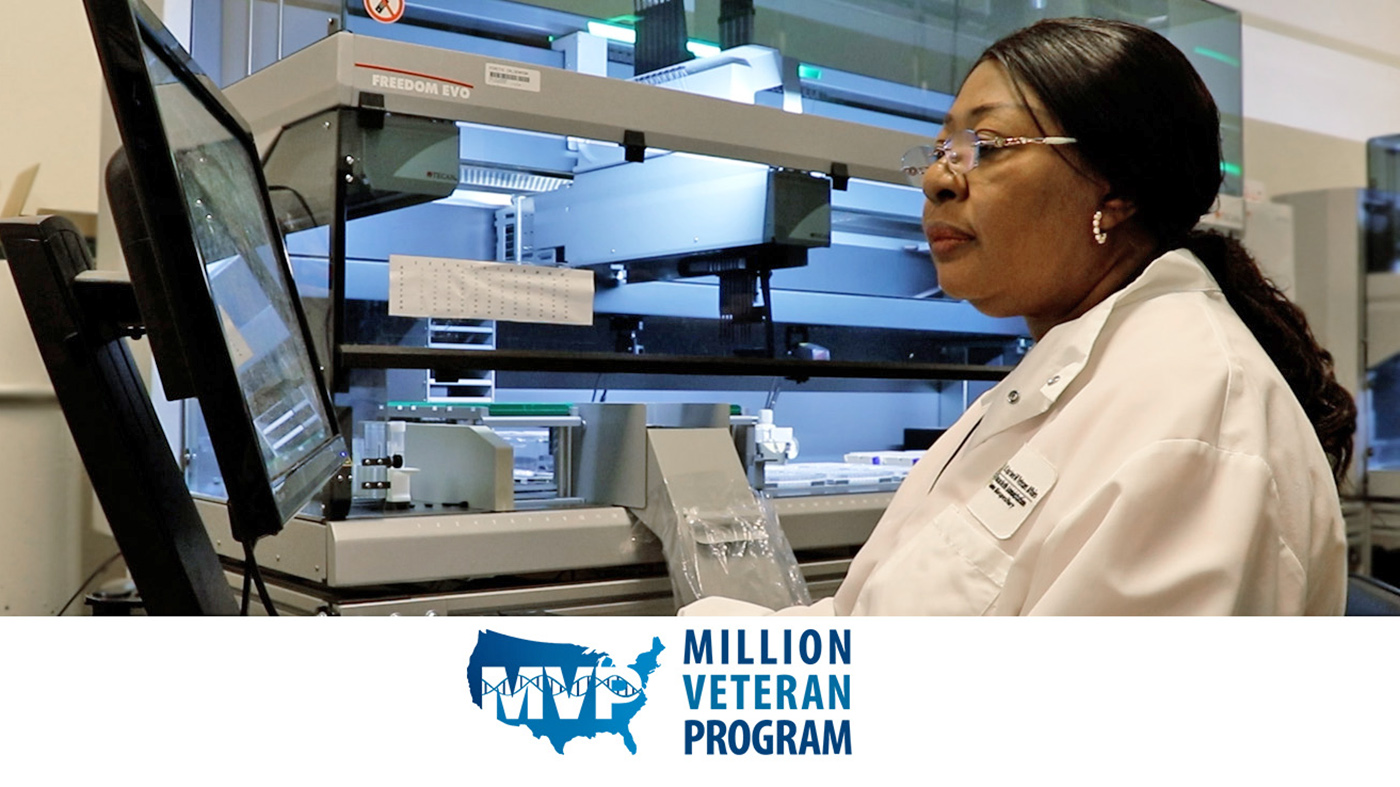Pictured above: VA Open Data expert Lisa Mavrogianis (left) with Veterans Benefits staff Ritu Mishra and Rochelle Foxworth demonstrate how data can be used to tell stories, such as how process improvements helped VA reduce claims processing time.
Successful companies use data to drive decisions, and VA is no different. VA uses a multitude of data to forecast changes in the Veteran population and demand for VA benefits and services. These projections can impact decisions on where to open a new clinic or break ground on a new national cemetery.
To better understand how VA uses data, I checked in with the experts in the National Center for Veterans Analysis and Statistics, part of the Office of Data Governance and Analytics, which has a staff of statisticians and analysts in VA headquarters. They comb through data from the U.S. Census, IRS, Social Security, DoD and other agencies to provide comprehensive information on the Veteran population and support statistical analyses and modeling.
At the helm is Susan Sullivan, a career executive who draws parallels between data analysis and customer service.
“To be effective at serving Veterans, we need to understand where they are and what they need,” she explained. “Data reveals trends in demographics, migration and utilization that really allow us to understand our customers.”
For example, her team recently used data from the American Community Survey to understand how Veterans access the internet. Their analysis found most Veteran households have internet through either a computer or smartphone regardless of gender, age, economic status or educational level.

One of her team’s most popular products — called VetPop — is a population projection model. According to Jin Kim, who works for Sullivan in the office of Predictive Analytics and Actuary, the VetPop tool is used by VA offices, other federal agencies, state governments, Veterans’ organizations and others who need information on the demographic characteristics of Veterans. This information enables them to plan for the type of services to be offered in the future, say five, 10 or 15 years.
To showcase the VetPop model, Kim and her colleague Tamara Lee presented a poster during a Big Data Day event in Washington, D.C. on May 11, 2018. The poster shows the number of living Veterans in the U.S. is projected to decline from 20 million in 2017 to 13.6 million in 2037. It also shows a marked increase in the number of minority and female Veterans.
This is the first time VA has presented the VetPop data using an infographic such as a poster, says Kim. “Customers want data to tell a story and the infographic helps visualize what the data tells us,” she said.
Data transparency and accountability is one the top drivers of the President’s Management Agenda. The Big Data Day, sponsored by the Interagency Council on Statistical Policy, is designed to promote technical innovation related to Big Data across the federal government. VA is a member of the council.
VA publishes a variety of data on Veterans, including population projections, profiles, state summaries of VA benefits usage, and other material through the VA National Center for Veterans Analysis and Statistics. Much of this is available on handy pocket cards providing a quick reference guide on VA’s budget, the number of employees and locations, benefit expenditures and patients.
For additional information on VA data, visit https://www.va.gov/vetdata/.

Topics in this story
More Stories
Seven U.S. Army soldiers, one Army Reserve soldier and two Veterans are representing Team USA at the 2024 Olympic Games in Paris, which begins today.
The findings of this new MVP study underscore the importance and positive impact of diverse representation in genetic research, paving the way for significant advances in health care tailored to Veteran population-specific needs.
VA reduces complexity for Veterans, beneficiaries, and caregivers signing in to VA.gov, VA’s official mobile app, and other VA online services while continuing to secure Veteran data.







Thanks for the information, very inspiring !
There’s an old saying in data analysis: garbage in: garbage out.
All the analytical tools in the world are useless, if you don’t start out with good data in the first place. There are VA installations like mine, where retaliation are so well supported (to include here, that if I mention their name, my comments are wiped out), complaints are NOT allowed to be submitted, or are only processed by the person being complained about.
For me, the end result, is the death of my mental health care. BTW: I am a retired analyst/consultant.